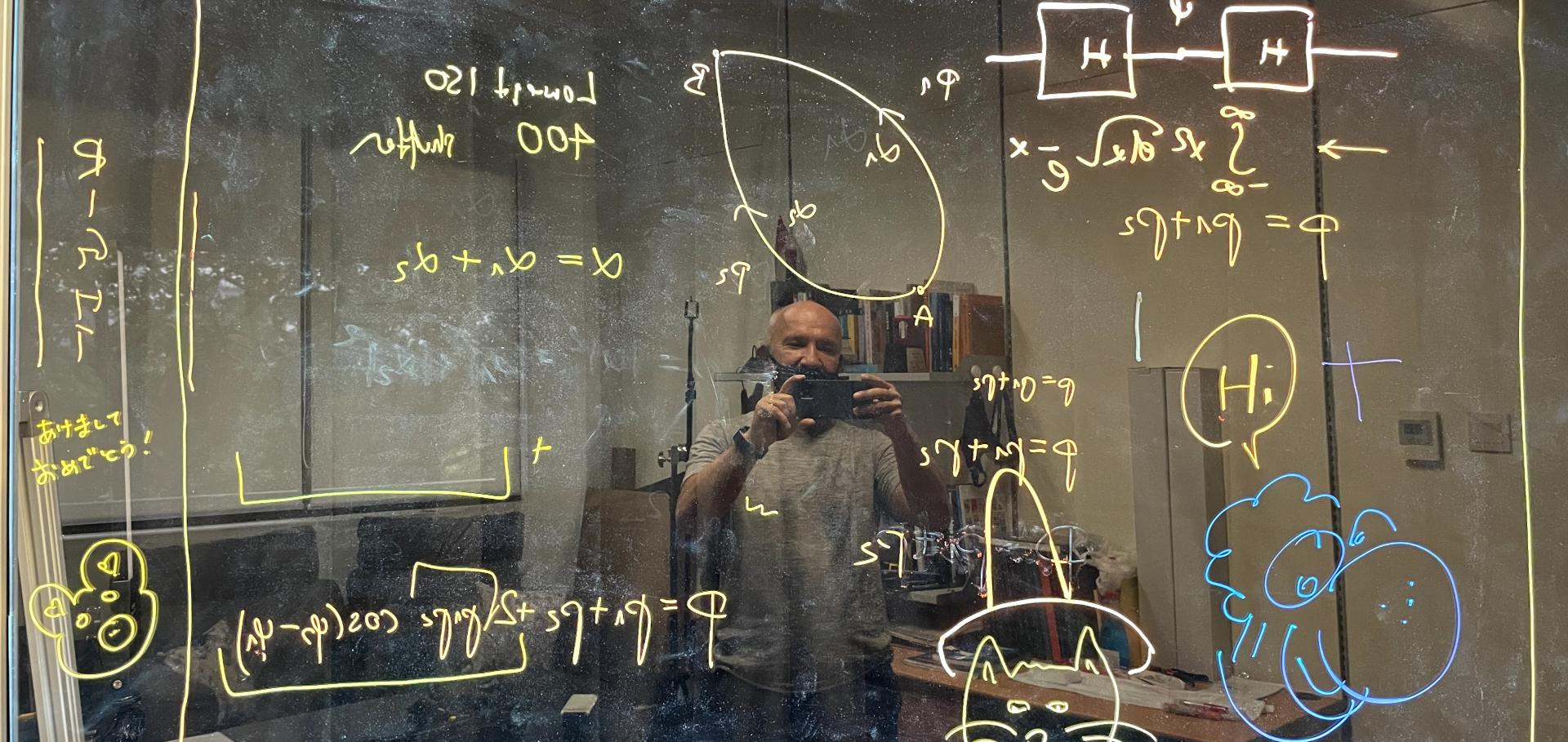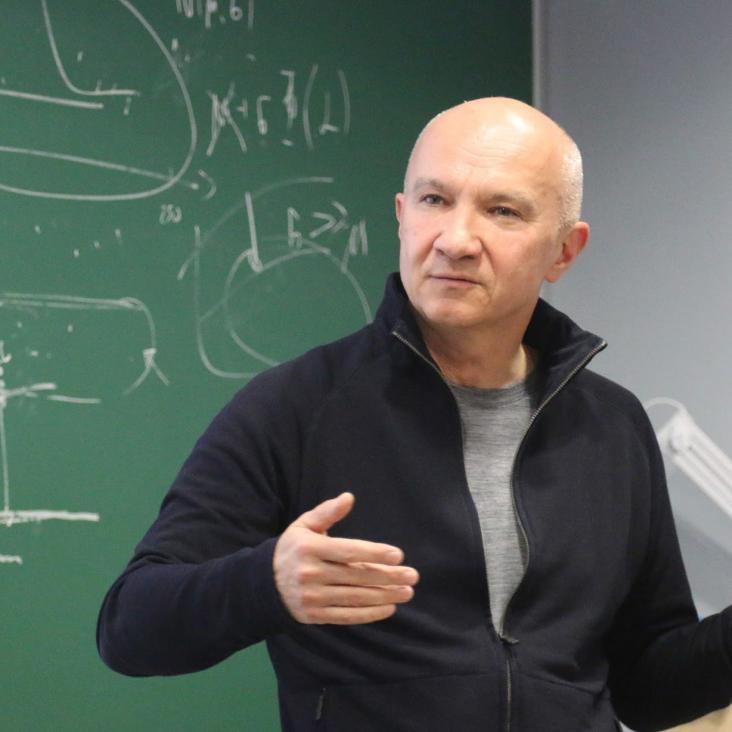Unifying classical and quantum key distillation
Lecture Notes in Computer Science (including subseries Lecture Notes in Artificial Intelligence and Lecture Notes in Bioinformatics) 4392 LNCS (2007) 456-478
Abstract:
Assume that two distant parties, Alice and Bob, as well as an adversary, Eve, have access to (quantum) systems prepared jointly according to a tripartite state ρABE- In addition, Alice and Bob can use local operations and authenticated public classical communication. Their goal is to establish a key which is unknown to Eve. We initiate the study of this scenario as a unification of two standard scenarios: (i) key distillation (agreement) from classical correlations and (ii) key distillation from pure tripartite quantum states. Firstly, we obtain generalisations of fundamental results related to scenarios (i) and (ii), including upper bounds on the key rate, i.e., the number of key bits that can be extracted per copy of ρABE- Moreover, based on an embedding of classical distributions into quantum states, we are able to find new connections between protocols and quantities in the standard scenarios (i) and (ii). Secondly, we study specific properties of key distillation protocols. In particular, we show that every protocol that makes use of pre-shared key can be transformed into an equally efficient protocol which needs no pre-shared key. This result is of practical significance as it applies to quantum key distribution (QKD) protocols, but it also implies that the key rate cannot be locked with information on Eve's side. Finally, we exhibit an arbitrarily large separation between the key rate in the standard setting where Eve is equipped with quantum memory and the key rate in a setting where Eve is only given classical memory. This shows that assumptions on the nature of Eve's memory are important in order to determine the correct security threshold in QKD. © International Association for Cryptologic Research 2007.A proposal for the implementation of quantum gates with photonic-crystal waveguides
Physics Letters. Section A: General, Atomic and Solid State Physics 362 (2007) 377-380
Programming the universe: A quantum computer scientist takes on the cosmos
NATURE 445:7126 (2007) 366-367
Erratum: Publisher's Note: Experimental quantum multimeter and one-qubit fingerprinting (Physical Review A (2006) 74 (042319))
Physical Review A - Atomic, Molecular, and Optical Physics 74:4 (2006)
Experimental quantum multimeter and one-qubit fingerprinting
Physical Review A - Atomic, Molecular, and Optical Physics 74:4 (2006)


